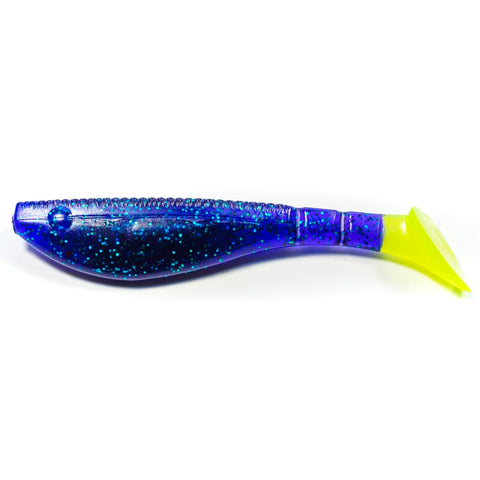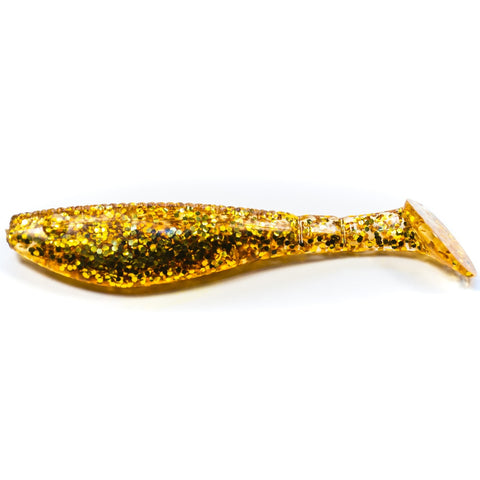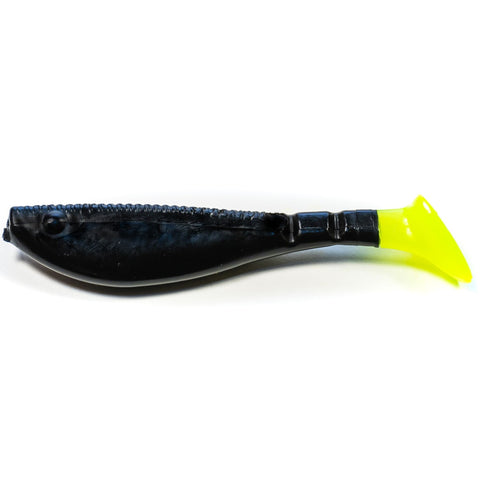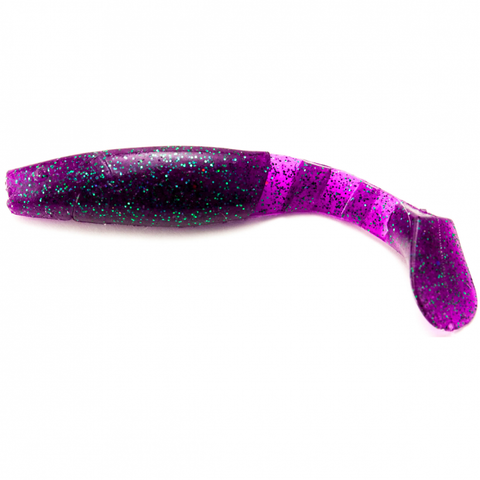
Fish Heaters - It's A Cold World Down There
Endotherms vs Ectotherms
Watch the breakdown, as that Drake song goes. Today we’re breaking down endotherms vs. ectotherms, specifically as it pertains to fishes and how they deal with thermoregulation. The prefix endo- means ‘internal’ or ‘within’ and the prefix ecto- means ‘external’ or ‘outside’. The suffix therm- means ‘heat’. In fish speak, and biology speak in general, an endotherm is an organism that generates heat within its own body. In colloquial terms, we know these animals as warm-blooded. Ectotherms are just the opposite in that they cannot generate heat from within their own bodies (i.e., cold-blooded), and must rely on external heat sources for body temperature regulation (e.g., the sun).
Can thou guess what group fish fall into? Ectotherms, duh! That’s an easy one…or is it? Indeed, MOST fishes are ectotherms, but that is not always the case. In fact, some of the most highly prized pelagic species are considered semi-endotherms, and possess the ability to maintain warmth in specific parts of their bodies. Researchers have even revealed a single fish species that is entirely endothermic, something scientists only thought existed in birds and mammals – until now. If you want to know what species we are referring to, skip ahead; however, if you want to learn more about the semi-endotherms first, keep reading.
Semi-Endotherms
The first group of semi-endothermic fishes are the tunas. Tunas have evolved specialized capillary networks known as rete mirabile that function as heat exchangers during respiration between the warm, oxygen-poor blood and cold, oxygen-rich blood. Heat generated by the powerful swimming muscles spreads out through retia mirabilia and warms the newly oxygenated blood coming from the gills. This technical process is known as counter-current heat exchange, and can maintain tuna’s internal temperature between 41-57 °F above the water temperature. This high tech heat exchange system provides an evolutionary advantage for highly migratory tunas and is what allows them to decent to the cold depths while maintaining body temperature. Also, warm muscles hunt much more efficiently than cold muscles.
The second group of semi-endothermic fishes are the billfishes. Like the tunas, billfish endothermy is also used for the purposes of hunting, but the mechanism to which heat is generated is vastly different. Billfish endothermy is accomplished through a process called non-shivering thermogenesis. Specialized cells known as ‘Brown Fat’ have an extremely high metabolic rate, and as these ‘Brown Fat’ cells respire, large amounts of localized heat is produced, thus allowing for the aforementioned semi-endothermy. The mechanism is not the interesting part of billfish endothermy. No, it’s the body part where the heat is being produced that is so interesting. Billfish have the unique ability to control the temperature of their eyeballs! Cray huh? They have evolved this mechanism to more efficiently hunt in colder, darker water – again, because warm muscles hunt for effectively than cold muscles. Swordfish have adapted the most extreme version of this eye-heater due to foraging at depths up to 1,800 feet. Deep-sea temperatures can plummet to 37 °F. To combat these cold temperatures, the eye-heaters of swordfish have been known to increase eye temperatures between 50-59 °F above the water temperature. My eyes….they’re burning! These eye-heaters allow for swordfish to capture valuable light more quickly at great depths, which allows them to catch site of prey more quickly. Camera folks, that’s some fast shutter speed.
Fully-endothermic
The Opah (ever heard of it?) is now being considered by researchers as the first whole-body endotherm. Nicholas Wegner and his team of NOAA researchers published the first article on Opah’s whole-body endothermy in Science in 2015 (Wegner et al. 2015). If you would like to read the entire article, it can be found HERE.
Typically residing at depths up to 1,300 feet, the Opah utilizes its unique pectoral fins like a bird flapping its wings to generate heat. The Opah, like the tunas, still utilize the aforementioned rete mirabile and counter-current heat exchange system. That’s no different. The difference between the Opah and the tunas is the incredible density of retia mirabilia and the fact that it is found throughout the body of the Opah and not just within core swimming muscle like tunas. The distribution of retia mirabilia throughout the Opah’s entire body gives it the most efficient and powerful heating system of any fish species. For example, an Opah’s pectoral muscles have been seen to range from 34-40 °F above ambient water temperatures of 46-51 °F. Wegner et al. had this to say regarding the benefits of being endothermic in a cold, wet world.
With a warm body core and heart, and even warmer cranial region, opah have the capacity for enhanced physiological function in their deep, cold habitat. The elevated body temperature of opah should increase muscle power output and capacity for sustained performance, enhance temporal resolution and neural conductance for the eye and brain, increase the rates of food digestion and assimilation in the digestive tract, and reduce the impact of cold ambient temperatures and temperature changes on cardiac and other organ performance. Supporting its endothermic ability and increased aerobic performance, the opah has a relatively large heart and gill surface area, high hematocrit level, and an unusually large aerobic muscle mass, all of which are similar to characteristics of high-performance predators such as tunas and lamnid sharks, and in stark contrast to those of other fishes from its order…which tend to be slow-moving ambush predators.
I betcha there are more endothermic fishes out there!
Thanks for reading! If you enjoyed the read, subscribe to our newsletter. Be sure to check out our shop, and don’t forget to follow us on Facebook here (Boca Chica Bait Company), Instagram here (@bocachicabaits), and Twitter here (@bocachicabaits).
Thanks for reading and tight lines,
Taylor – Founder of Boca Chica Baits
- Nicholas C. Wegner, Owyn E. Snodgrass, Heidi Dewar, John R. Hyde. Whole-body endothermy in a mesopelagic fish, the opah, Lampris guttatus. Science, 2015 DOI: 1126/science.aaa8902




